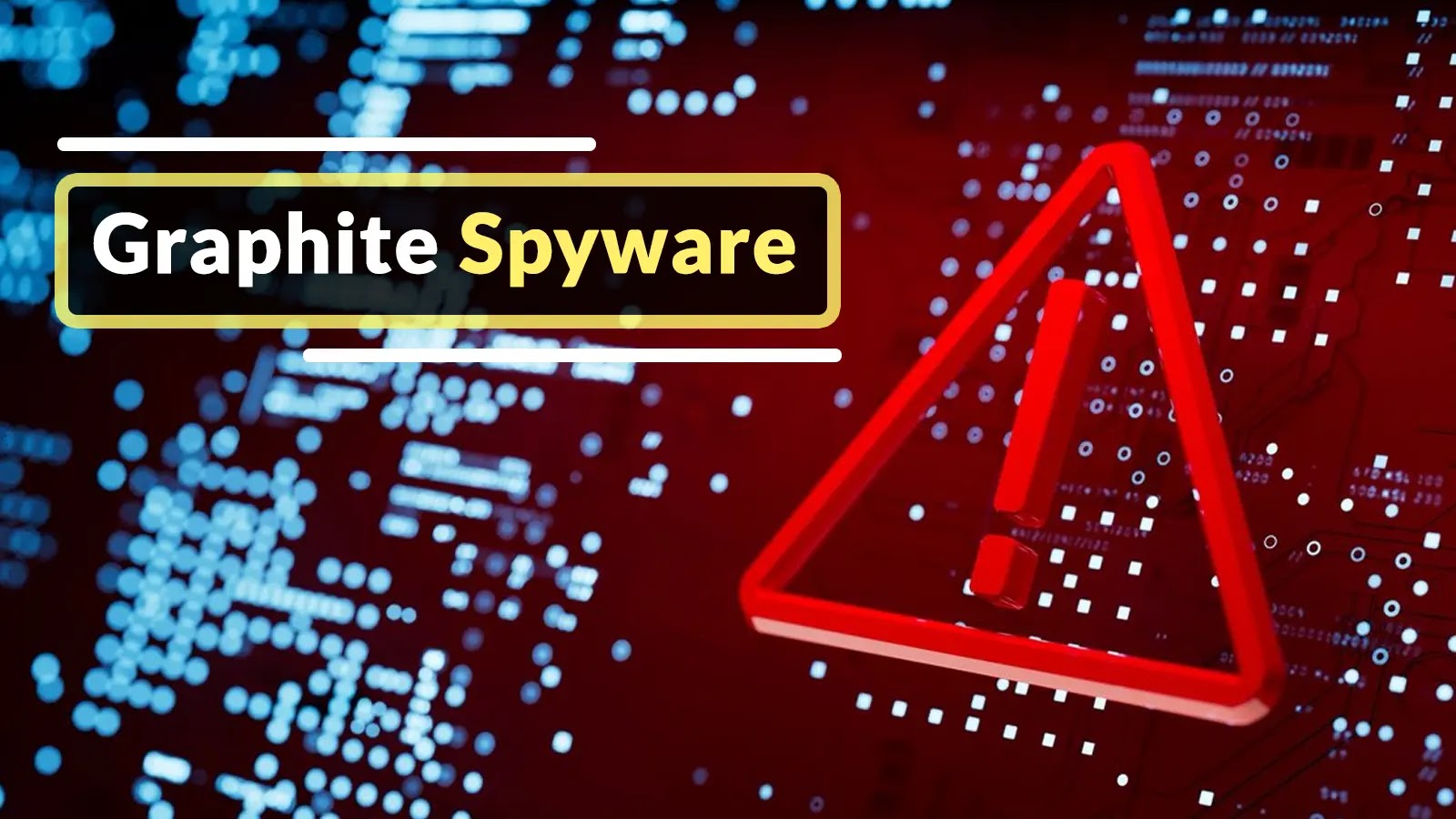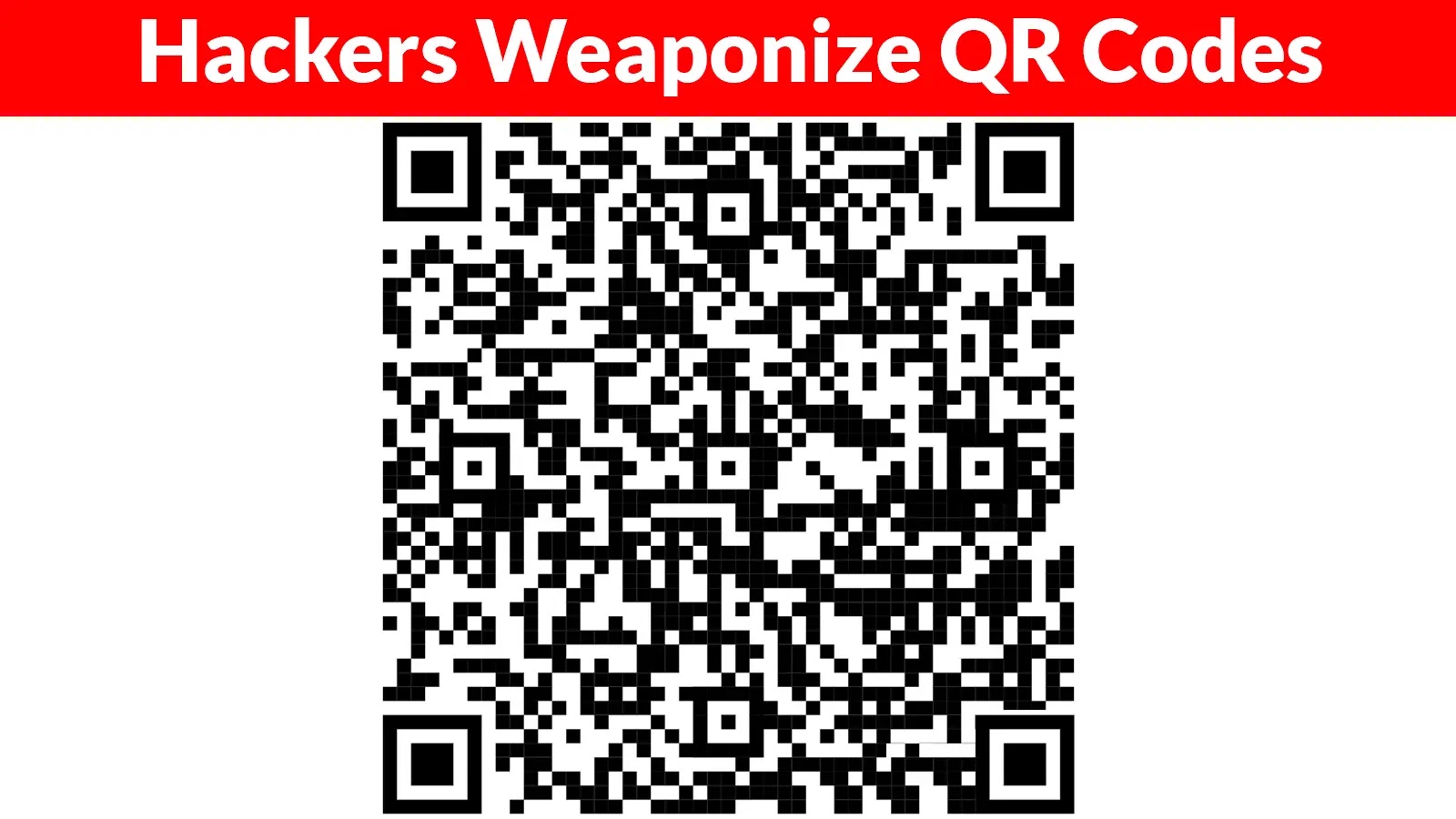UNC1549’s Sophisticated Cyber Assaults on Aerospace and Defense Sectors
Since mid-2024, the Iranian-backed cyber threat group UNC1549 has intensified its attacks on aerospace, aviation, and defense organizations worldwide. Employing a dual-pronged strategy, the group combines meticulously crafted phishing campaigns with the exploitation of trusted relationships between primary targets and their third-party suppliers. This method proves particularly effective against well-defended entities like defense contractors, as their vendors often present more accessible entry points.
Operational Tactics and Techniques
UNC1549’s operations, active from late 2023 through 2025, showcase a high degree of evolution and tactical sophistication. The group initiates attacks using highly targeted, role-specific phishing emails to gain initial access. Once inside a network, they employ innovative lateral movement techniques, such as stealing victim source code to craft spear-phishing campaigns using lookalike domains that can bypass security proxies. Additionally, they exploit internal service ticketing systems to harvest credentials from unsuspecting employees.
Custom Tooling and Evasion Strategies
Google Cloud security analysts have identified that UNC1549 deploys custom tools specifically designed to evade detection and complicate forensic investigations. Notably, each post-exploitation payload carries a unique hash, even when multiple samples of the same backdoor variant appear within a single victim network. This level of customization underscores the group’s substantial resources and commitment to operational security.
A particularly sophisticated aspect of UNC1549’s operations involves the use of search order hijacking for malware persistence. This technique entails placing malicious DLLs within legitimate software installation directories, allowing attackers to achieve persistent execution when administrators or users run the legitimate software. The group has successfully exploited this vulnerability in widely-used enterprise solutions, including FortiGate, VMWare, Citrix, Microsoft, and NVIDIA executables.
TWOSTROKE Backdoor: A Technical Deep Dive
The TWOSTROKE backdoor exemplifies UNC1549’s technical prowess. This custom C++ backdoor communicates through SSL-encrypted TCP connections on port 443, making it difficult to distinguish from legitimate traffic. Upon execution, TWOSTROKE generates a unique victim identifier by retrieving the fully qualified DNS computer name using the Windows API function GetComputerNameExW(ComputerNameDnsFullyQualified). This name undergoes XOR encryption using a static key, converts to lowercase hexadecimal, and extracts the first eight characters before reversing them to create the bot ID.
TWOSTROKE’s command set enables extensive post-compromise capabilities, including system information collection, dynamic DLL loading, file manipulation, and persistent backdoor functionality. The malware receives hex-encoded payloads from command servers containing multiple commands separated by @##@ delimiters. Commands range from file uploads and shell command execution to directory listing and file deletion operations.
Long-Term Persistence and Strategic Deployment
UNC1549’s campaign prioritizes long-term persistence and anticipates investigator response. They strategically deploy backdoors that remain dormant for months, activating only after victims attempt remediation. This approach, combined with extensive reverse SSH shell usage and domains mimicking victim industries, creates a challenging operational environment for defenders.
Broader Context: APT Groups and Custom Tooling
UNC1549’s activities are part of a broader trend where Advanced Persistent Threat (APT) groups develop and deploy custom tools to achieve their objectives. For instance, the North Korean Kimsuky group has been observed using a custom-made RDP Wrapper to activate remote desktop functionality on compromised machines, enabling unauthorized access. Similarly, the Iranian group MuddyWater has employed custom malware with multi-stage payloads, utilizing services like Cloudflare to mask their digital fingerprints. These examples highlight the increasing sophistication and resourcefulness of state-sponsored cyber actors in crafting bespoke tools to evade detection and maintain persistent access to targeted networks.
Implications for the Aerospace and Defense Sectors
The aerospace and defense sectors are particularly attractive targets for state-sponsored cyber actors due to the sensitive nature of their data and the strategic importance of their operations. The use of custom tools by groups like UNC1549 underscores the need for these sectors to adopt advanced cybersecurity measures. Traditional security solutions may not be sufficient to detect and mitigate threats posed by such sophisticated actors. Organizations must invest in threat intelligence, continuous monitoring, and incident response capabilities to effectively counter these evolving threats.
Recommendations for Mitigation
To defend against threats like those posed by UNC1549, organizations in the aerospace and defense sectors should consider the following measures:
1. Enhanced Phishing Awareness Training: Educate employees about the latest phishing tactics and encourage vigilance when handling emails, especially those requesting sensitive information or containing unexpected attachments.
2. Zero Trust Architecture: Implement a Zero Trust security model that requires strict verification for every user and device attempting to access network resources, regardless of their location.
3. Regular Software Audits: Conduct frequent audits of installed software to detect unauthorized applications or modifications that could indicate compromise.
4. Advanced Threat Detection Systems: Deploy systems capable of identifying and responding to anomalous behaviors indicative of sophisticated threats, such as custom malware or unusual network traffic patterns.
5. Incident Response Planning: Develop and regularly update incident response plans to ensure swift and effective action in the event of a security breach.
6. Supply Chain Security: Assess and monitor the security practices of third-party vendors and suppliers to prevent adversaries from exploiting trusted relationships for initial access.
Conclusion
The activities of UNC1549 highlight the evolving landscape of cyber threats facing the aerospace and defense sectors. The group’s use of custom tools and sophisticated tactics necessitates a proactive and comprehensive approach to cybersecurity. By understanding the methods employed by such threat actors and implementing robust security measures, organizations can better protect their critical assets and maintain operational integrity in the face of persistent cyber threats.



